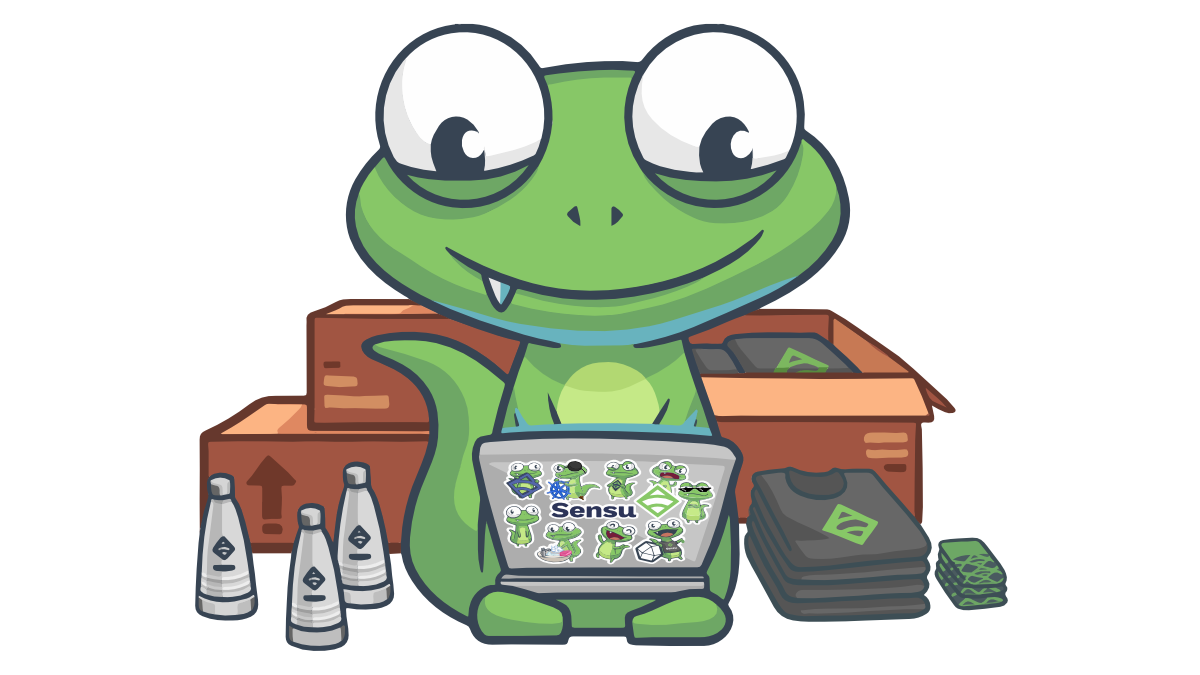As a monitoring company, it’s only natural that we’d always seek more data to inform our product decisions. With that in mind, we created Tessen, a hosted Sensu call-home service. Tessen is opt-in for the current version of Sensu, but will be opt out in Sensu Go (ICYMI, here’s our product roadmap, including the GA release date). Here’s what you need to know, including what we’re collecting and how that data benefits the Sensu Community.
Tessen: the what + why
tl;dr: Tessen collects anonymized data about Sensu installations. As recently mentioned, we like our product names to have meaning — “Tessen” refers to a Japanese war fan, and therefore speaks to our ability to “arm ourselves” with the data Tessen enables us to collect. The Tessen client, included in every sensu-server (sensu-backend in Sensu Go), is capable of sending anonymized data about the Sensu installation to the Tessen hosted service, on sensu-server startup and every six hours thereafter. All data submissions are logged for complete transparency and transmitted over HTTPS.
The anonymized data currently includes:
- The flavour of Sensu (Core or Enterprise)
- The Sensu version
- The Sensu client and server counts (that’ll be agent and backend counts for Sensu Go)
Previously, we’d get this info anecdotally, collecting it ad hoc from our Community channels (such as Slack) and chatting with our users. We didn’t have an automated method for Sensu deployments to send us this key info. As Sensu grows, it’s more important than ever that we’re armed with data to inform both existing and potential users alike. For example, historically it’s been difficult for us to answer questions like “How many Sensu servers do I need for an infrastructure that’s X big?” With Tessen, we’ll be able to collect data for broad usage, giving us insight into how many servers you’ll actually need to keep tabs on (i.e., total visibility of) your infrastructure. For total transparency, here’s how we request data.
How to opt in
As I mentioned above, Tessen is opt-in for Sensu 1.x, which you do via the sensu-server configuration.
To enable Tessen, create:
/etc/sensu/conf.d/tessen.json
with the following content:
{
"tessen": {
"enabled": true
}
}
Tessen is also enabled in our Sensu Core and Enterprise sandboxes. This data helps inform us how many folks are interested in learning Sensu (and are using our sandbox to do so). If you haven’t already, download the sandbox and give the lesson plan a spin.
Going forward
As more folks start using Tessen, we’ll update our FAQ and documentation to reflect the insights we gain, helping users determine how many Sensu servers they need for their architecture. Going forward, we’ll continue to use this data to better inform product decisions to create the best software for our users. If at any point we add new data to Tessen, we’ll inform the Sensu Community and seek immediate feedback — whether that’s in Slack or one of our Community Chats (the next one is coming up on November 8!). Together, we’ll work to make Sensu the best it can be — empowering operators and automating our monitoring workflows.




